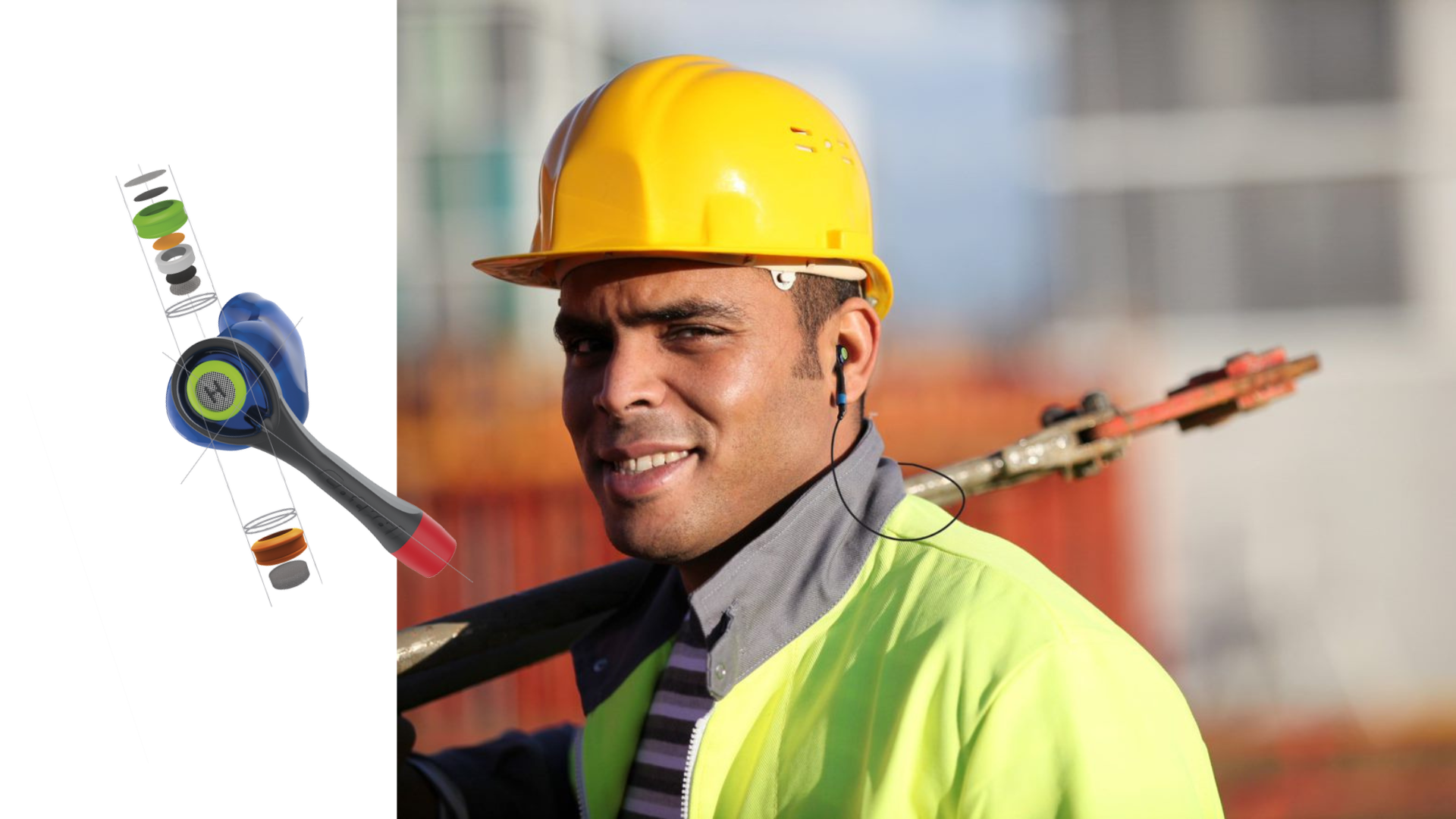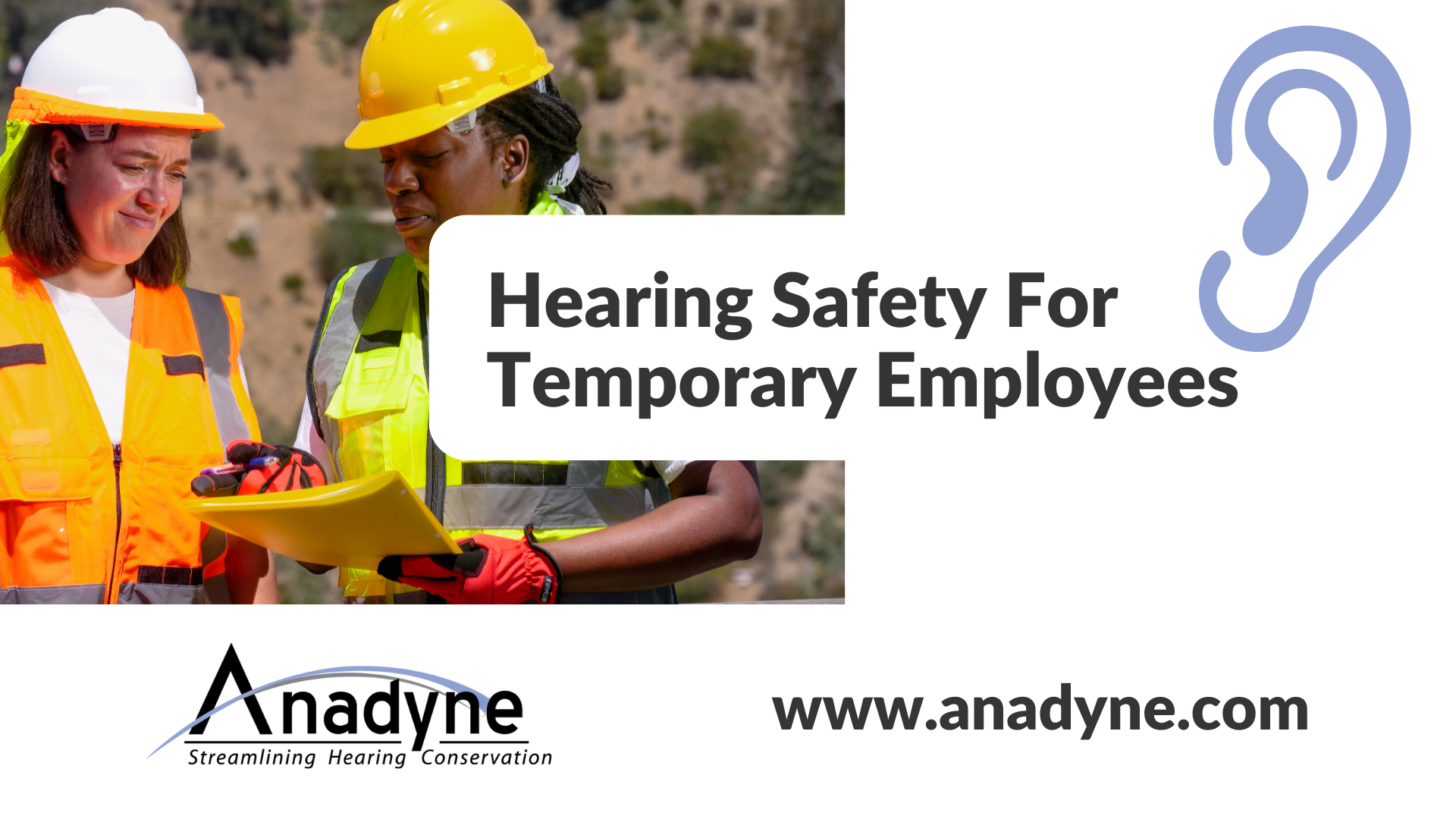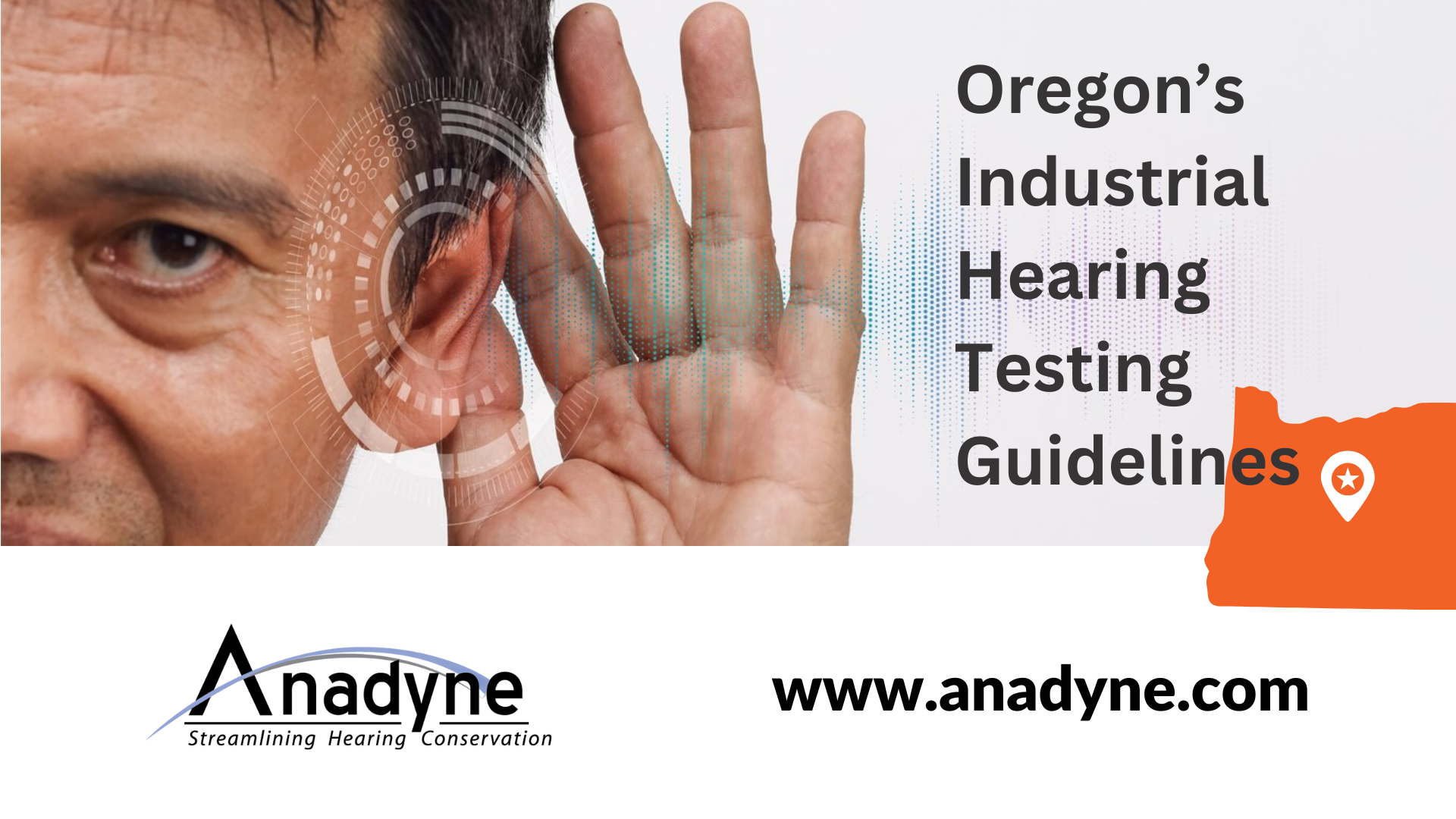OSHA Hearing Testing Employees Below the Action Level
Workplace safety is becoming more than just compliance – more and more companies are going above and beyond to protect their employees. And for many companies, hearing conservation hasn’t been left behind.
As workplace safety becomes more and more emphasized, a developing trend is including employees who are not exposed to the OSHA Action Level for noise in a hearing conservation program. This is an excellent way to comply with hearing conservation best practices and go the extra mile in preserving the hearing health of your employees. However, safety teams should be aware of some key details when considering implementing such as hearing testing program.
When does OSHA require industrial hearing testing?
Depending on the state and/or the agency the company is under, the answer could vary. However, Federal OSHA requires that employees who have an 8-hour Time Weighted Average (TWA) of over 85 decibels should be included in a hearing conservation program, including annual hearing testing.
A general rule of thumb is if your employees have to shout to hear each other from 2-3 feet away, the noise levels are likely near the 85 decibel mark.
Not sure what the noise levels are at your facility? Ask about our dosimetry & sound measurement services
Testing employees who aren't exposed to the noise action level
Providing hearing tests to employees who may not be exposed to the 85 decibel level can be a good idea; however, there are some considerations employers should be aware of when implementing such a program.
Ensure your industrial hearing testing service provider is aware of the program
It’s key to keep your hearing testing provider informed if you decide to implement hearing testing for employees who aren’t exposed to the action level. This will help you minimize headaches later, especially if an employee who doesn’t meet the action level shows a recordable injury.
Anadyne offers a comprehensive Wellness Program, which can be set up as a standalone service or in addition to hearing conservation testing. It’s simple to set up & easy to maintain, and our team works with yours to ensure the records are kept straight.
Verify your OSHA hearing testing provider can process the data correctly
When you have a hearing testing program for employees below the action level, it’s also important that your hearing testing provider can process the data correctly. Many companies may have internal policies for hearing testing benefits, but their provider may not have a structured approach to processing the data.
At Anadyne, we’re set up to maintain your Wellness Program without compromising hearing conservation compliance. This means you won’t need to worry about false-flagged recordable injuries, and keeps your records accurate & up-to-date.
Industrial hearing testing for employees below the action level: the bottom line
Providing hearing testing services as a workplace benefit is an excellent preventative measure for your employees. However, it should be addressed up front with your provider, and your provider should be able to maintain the data separately from the main hearing conservation group.
Reach out today to learn more about implementing an effective hearing conservation program & an accurate comprehensive Wellness Program!
Click to find out more or give us a call at 888-971-4420!










